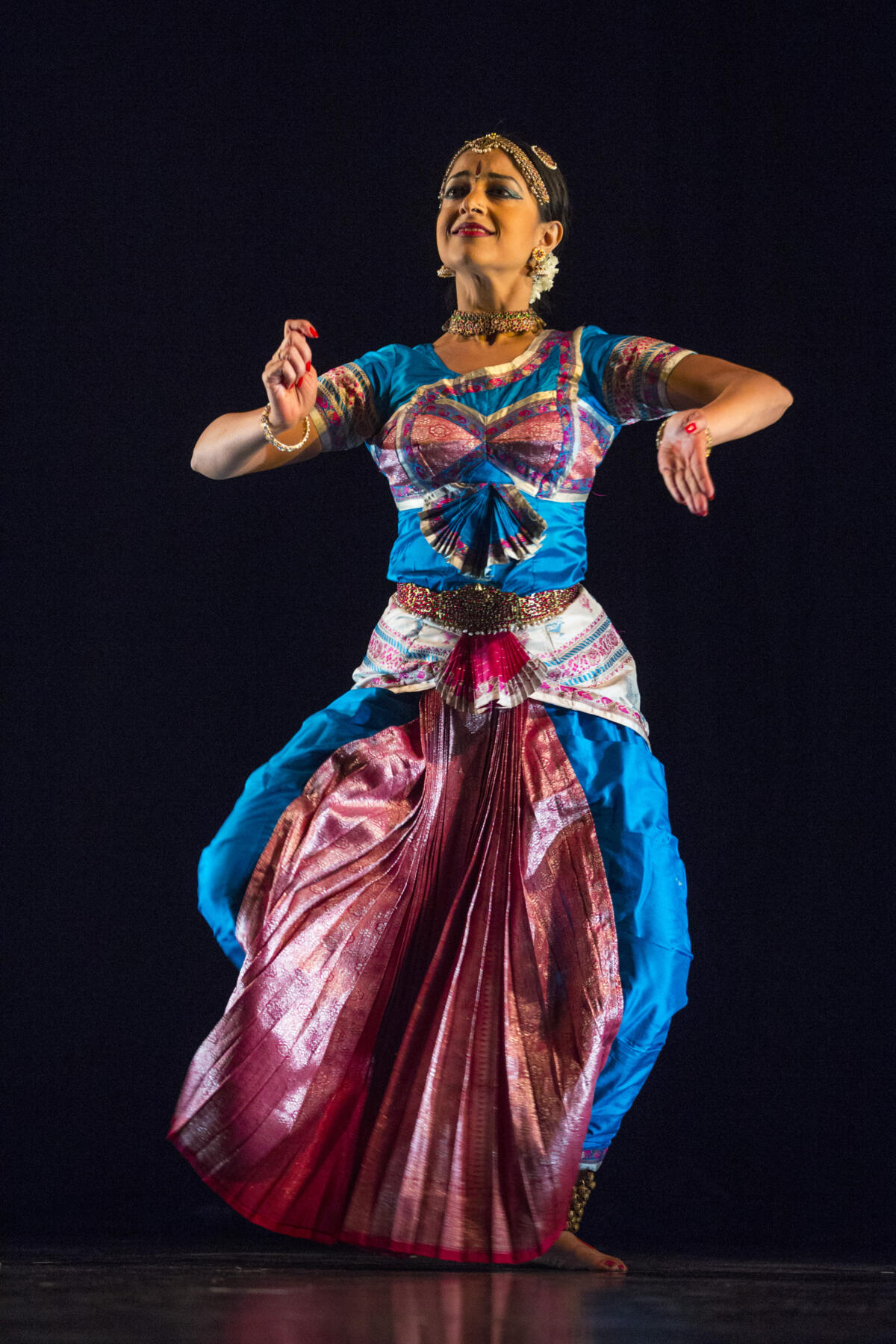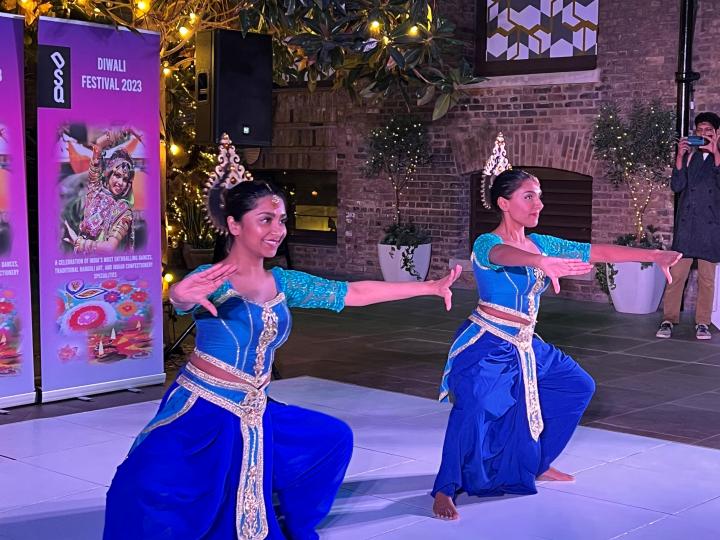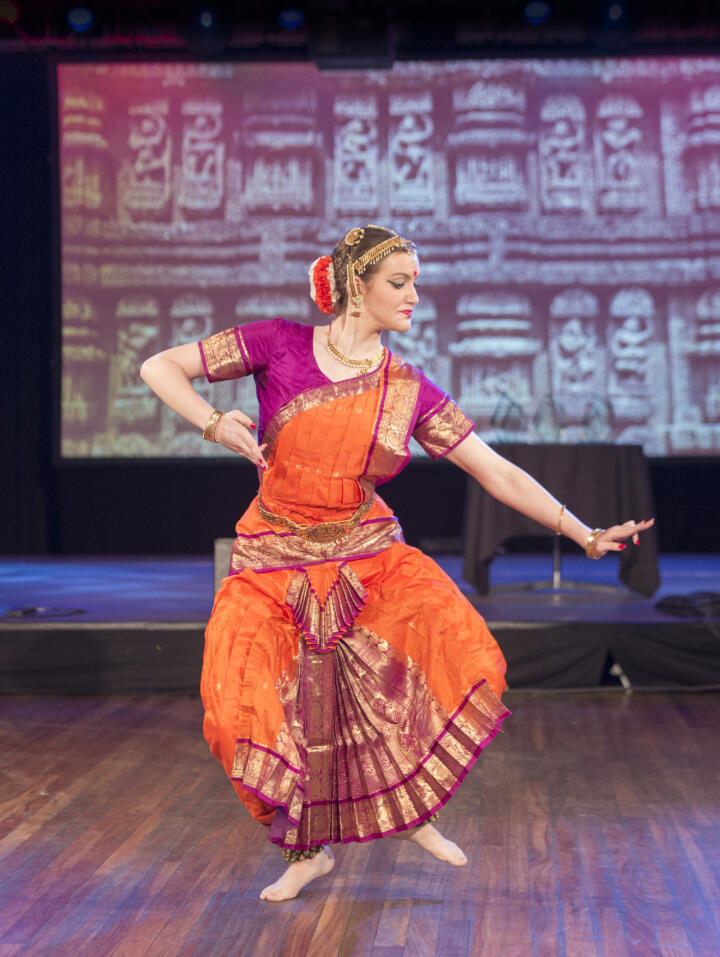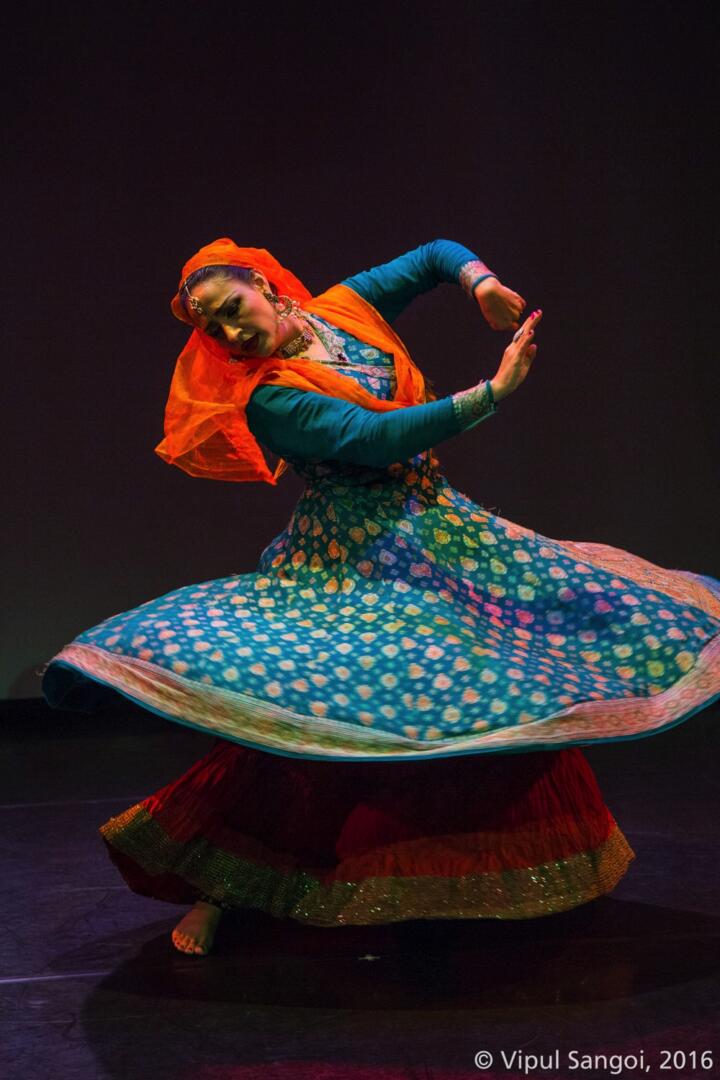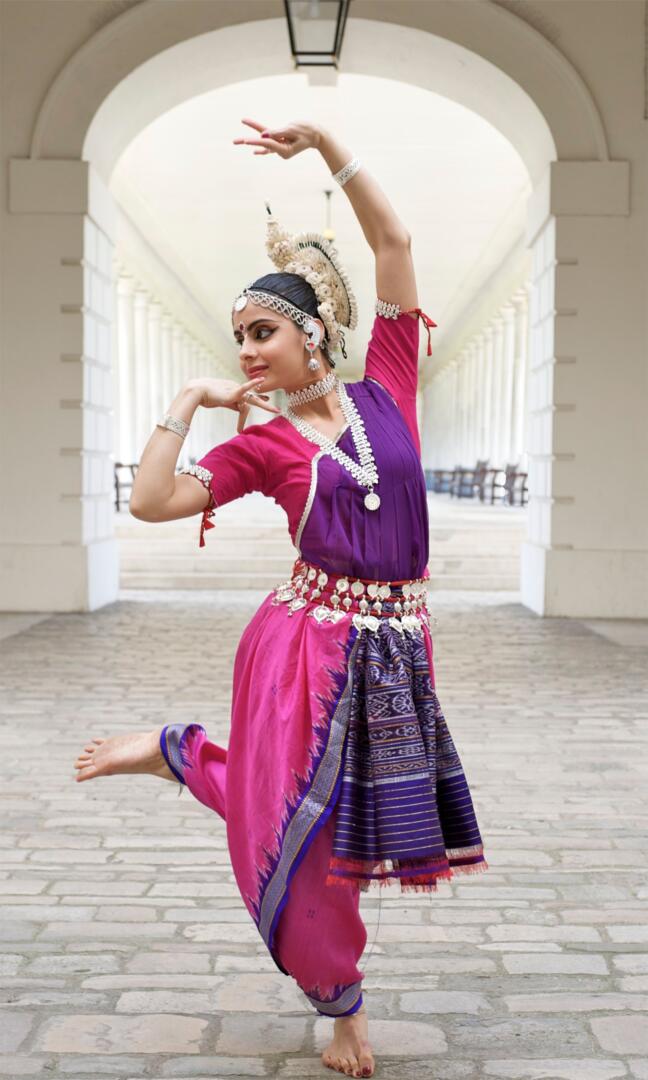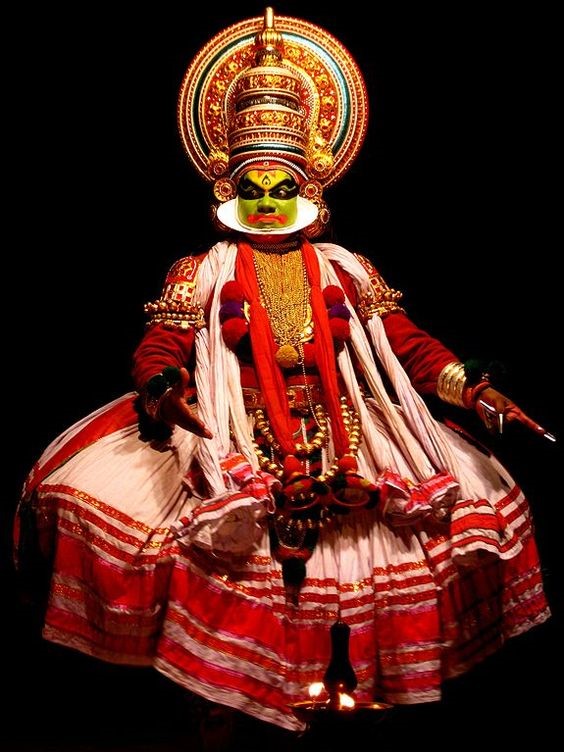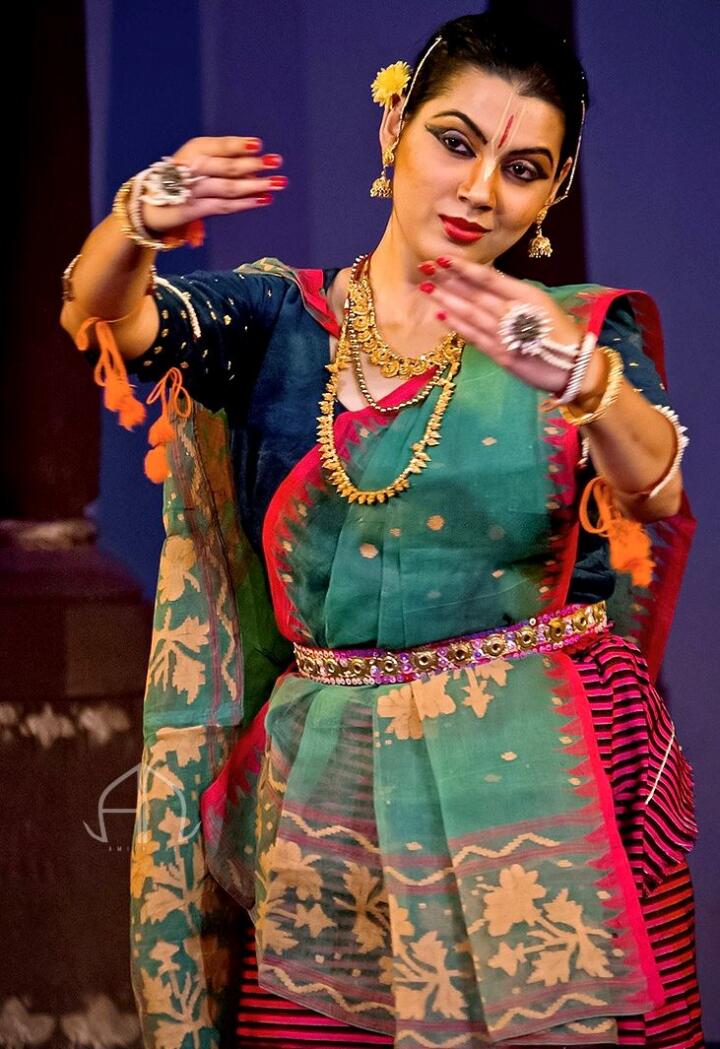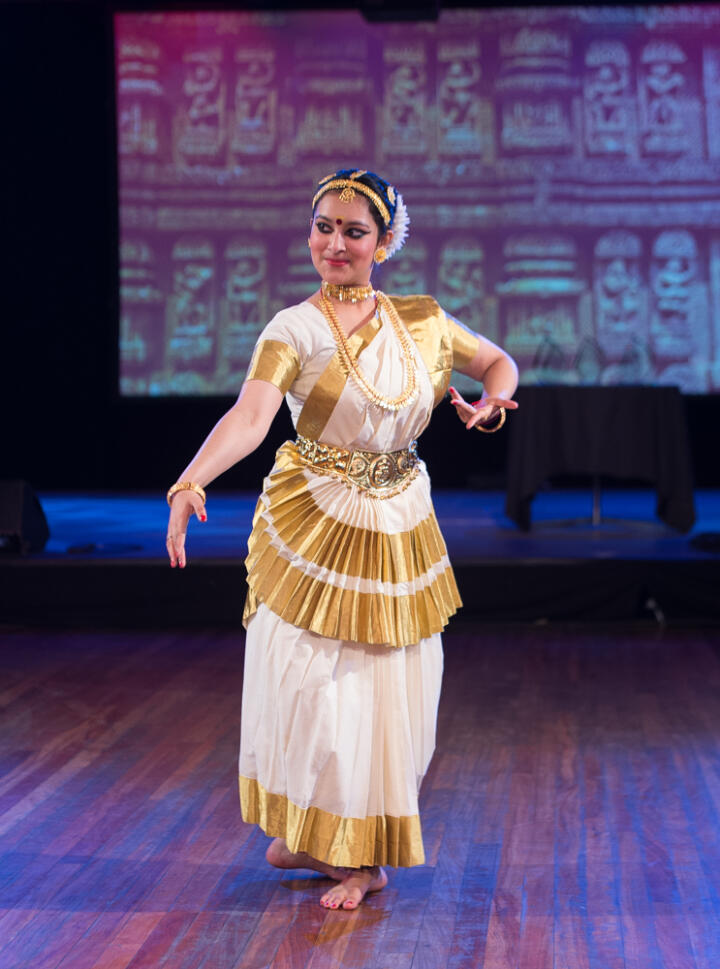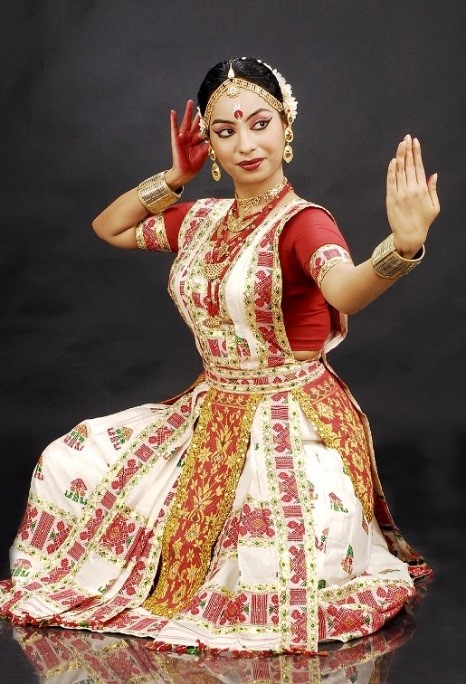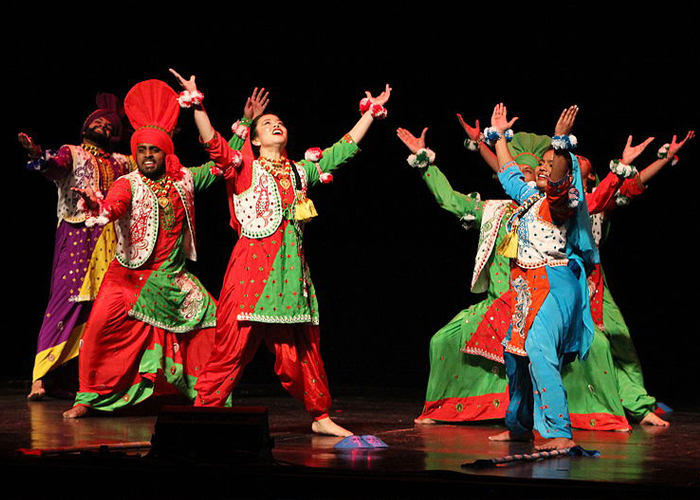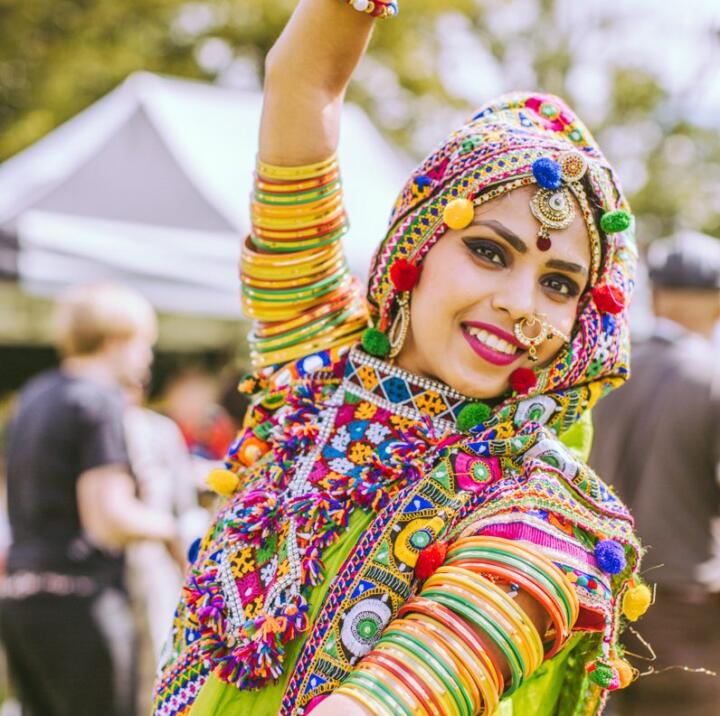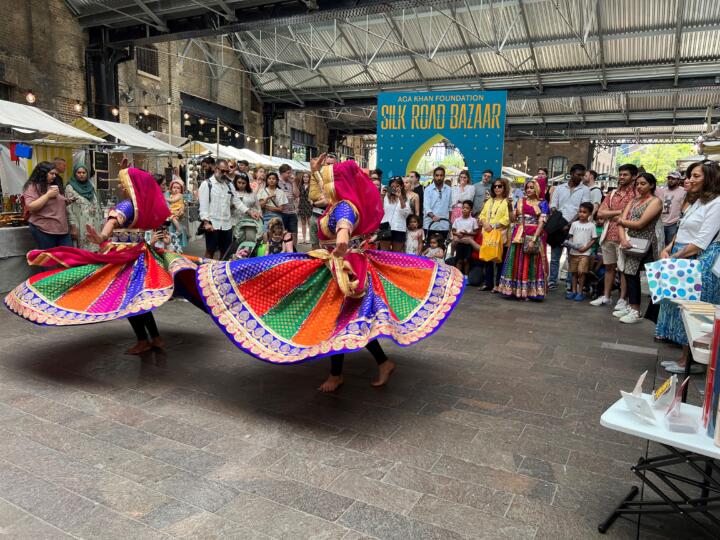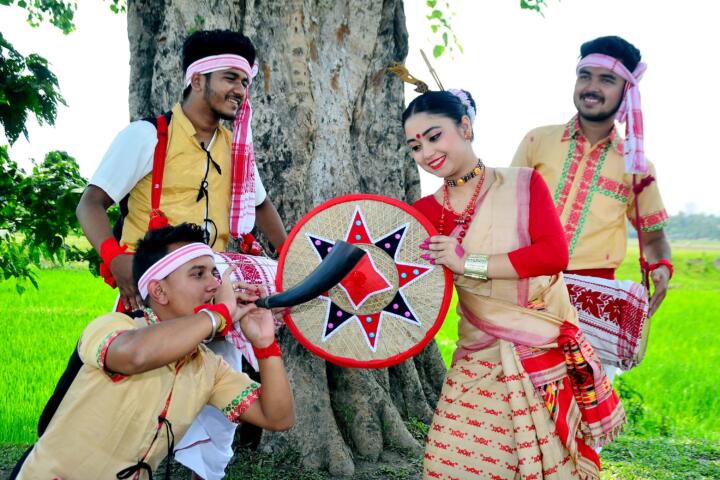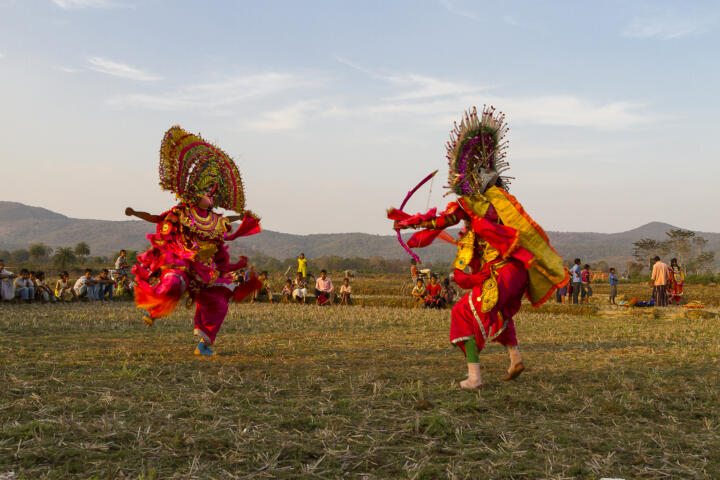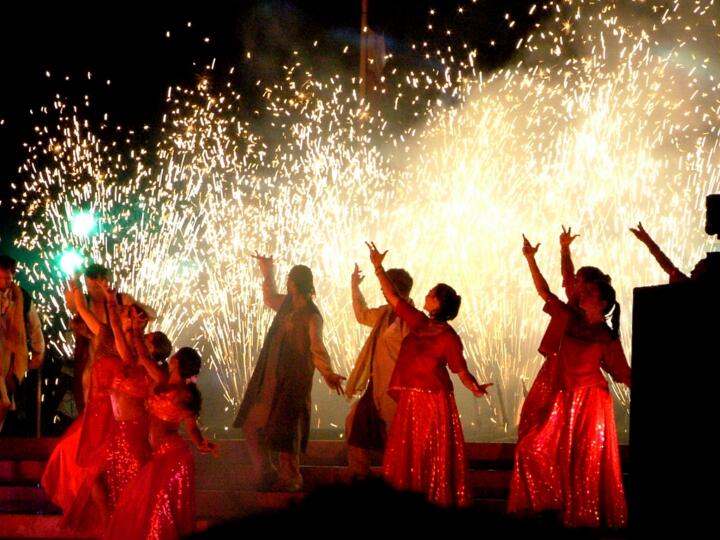Kuchipudi
A guide to Kuchipudi
Kuchipudi is a classical dance form from the South-East state of Andhra Pradesh in India and is also popular all over South India. It derives its name from the village of Kuchelapuram, a small village about 65 kms from Vijaywada.
Bharata Muni who wrote the Natya Shastra had explained various aspects of this dance form. Later, the impetus to kuchipudi was given by Sidhendra Yogi who redefined the dance form.
Performed to classical Carnatic music, Kuchipudi shares many common elements with Bharatanatyam. The technique of Kuchipudi makes use of fast rhythmic footwork and sculpturesque body movements and uses miming and subtle facial expression, combined with strong narrative and dramatic character.
Historically Kuchipudi was performed as a dance drama by male dancers only, with several dancers taking different roles. By the 20th century, Kuchipudi fully crystallized as a classical solo dance form. Thus there are now two forms of Kuchipudi; the traditional musical dance-drama and the solo dance.
Kuchipudi is accompanied by Carnatic music. A typical orchestra for a Kuchipudi recital includes the mridangam, flute and violin. A vocalist sings the lyrics, and the nattuvanar conducts the orchestra and recites the rhythmic patterns.
The themes are mostly derived from the scriptures and mythology, and the portrayal of certain characters is a central motif of this dance form. One example is Satyabhama, the colourful second consort of Lord Krishna. Another unique feature of Kuchipudi is the Tarangam, in which the performer dances on the edges of a brass plate, executing complicated rhythmic patterns with dexterity, while sometimes also balancing a pot of water on the head.
